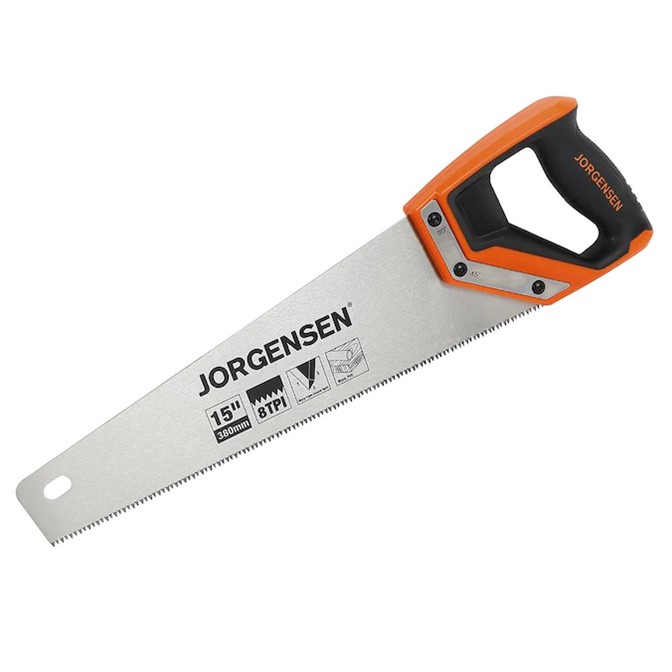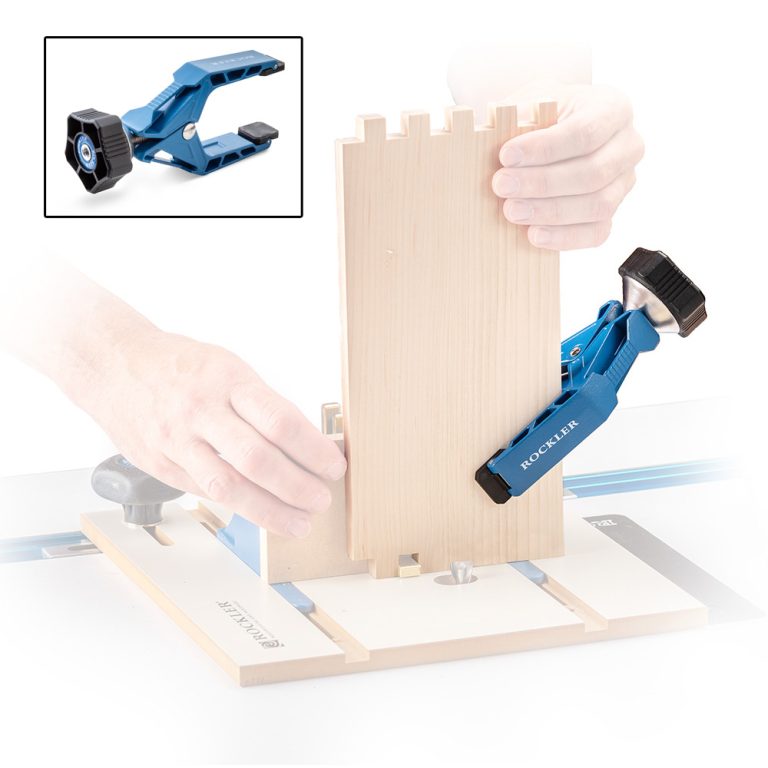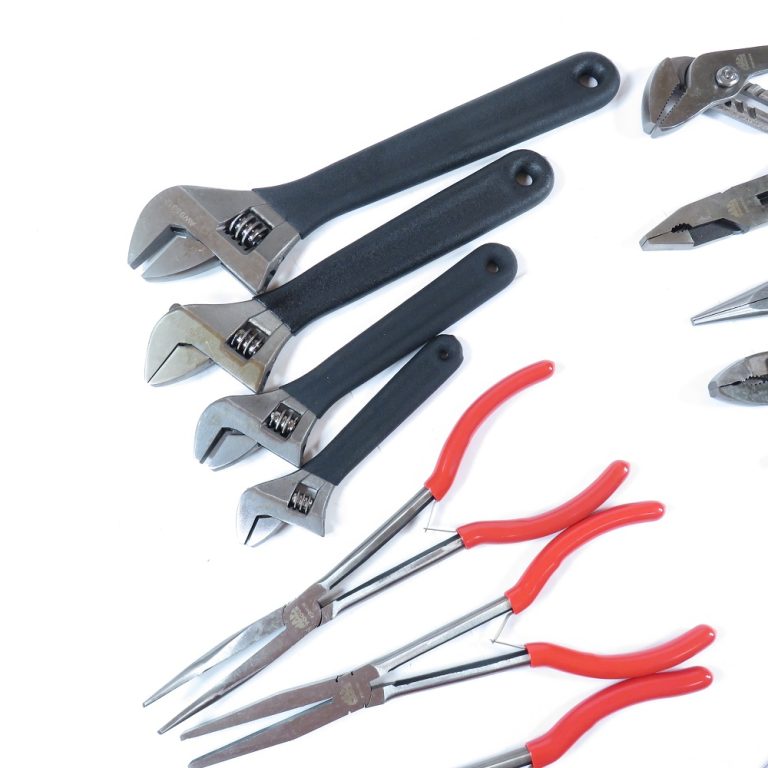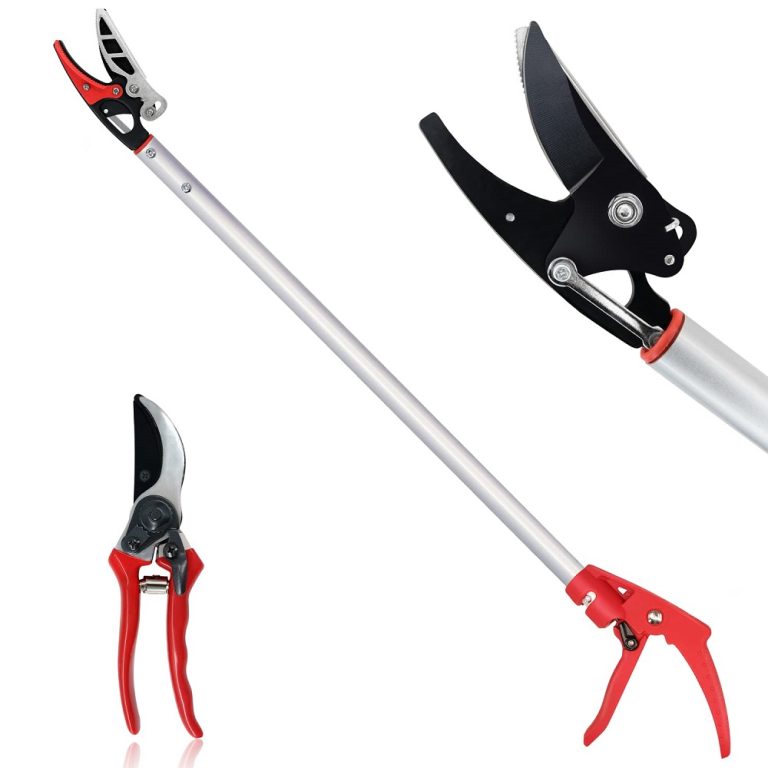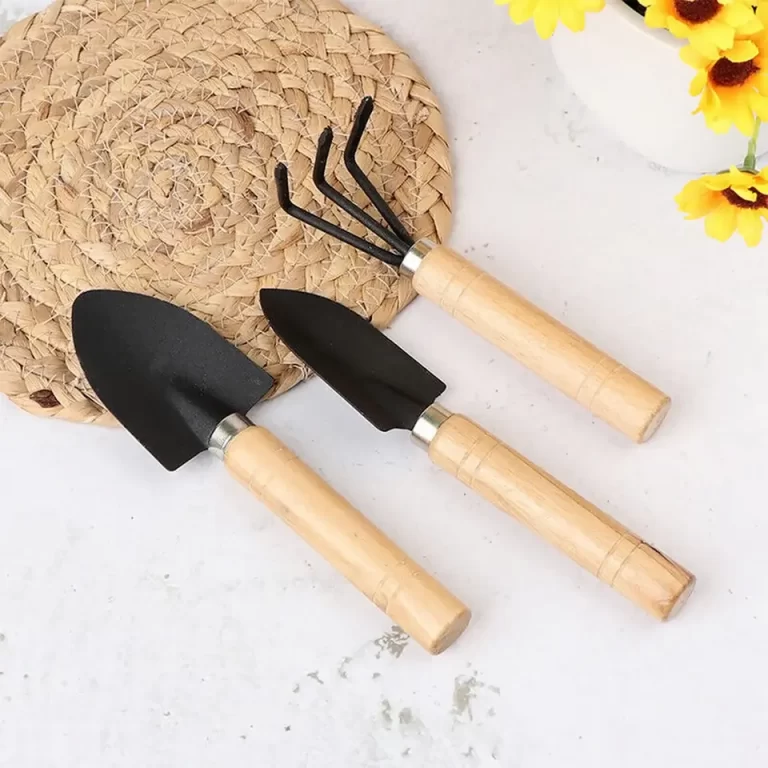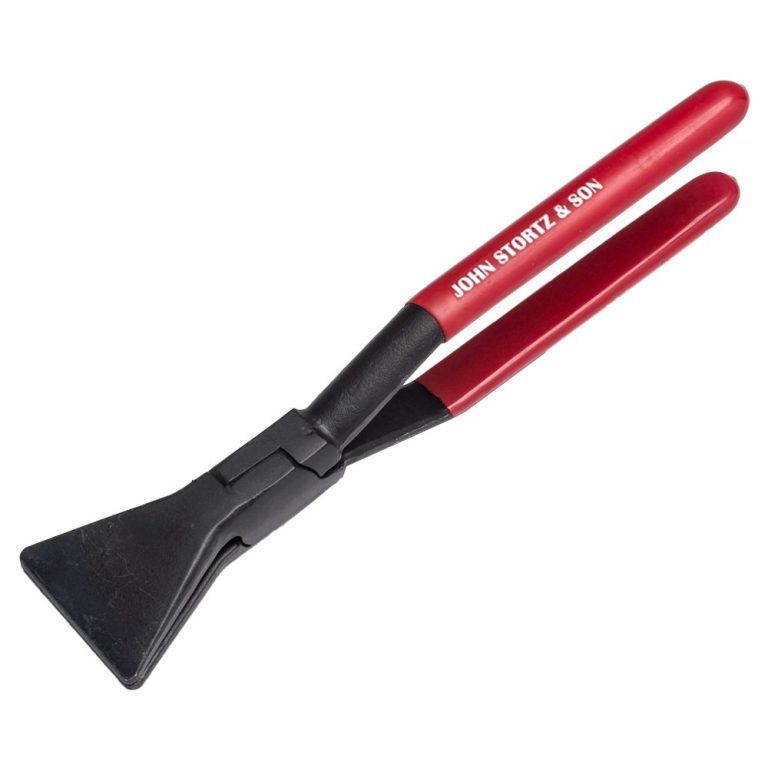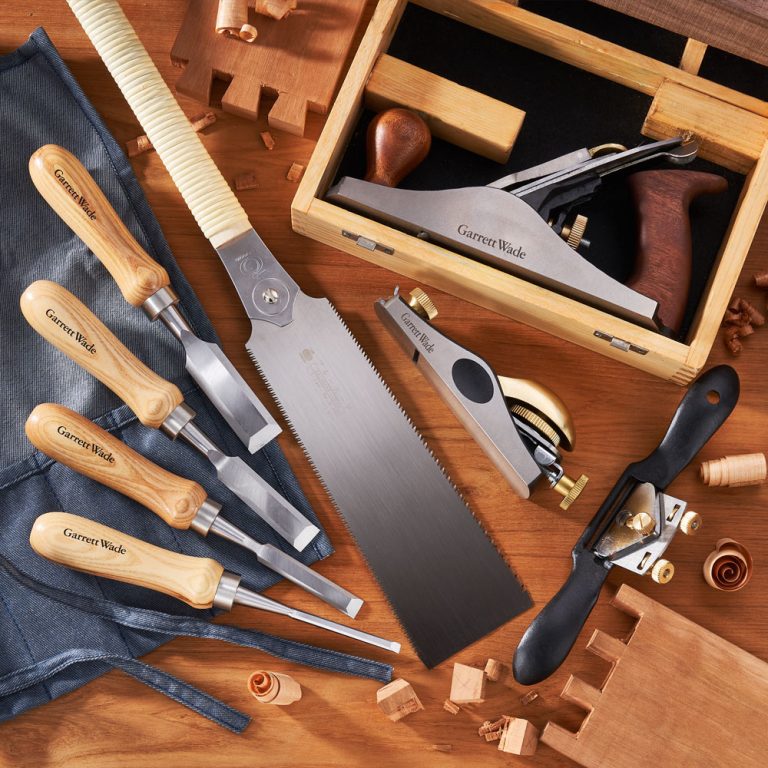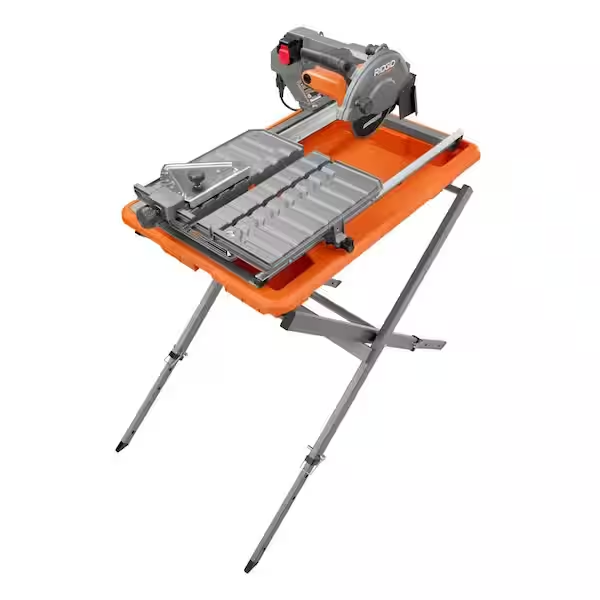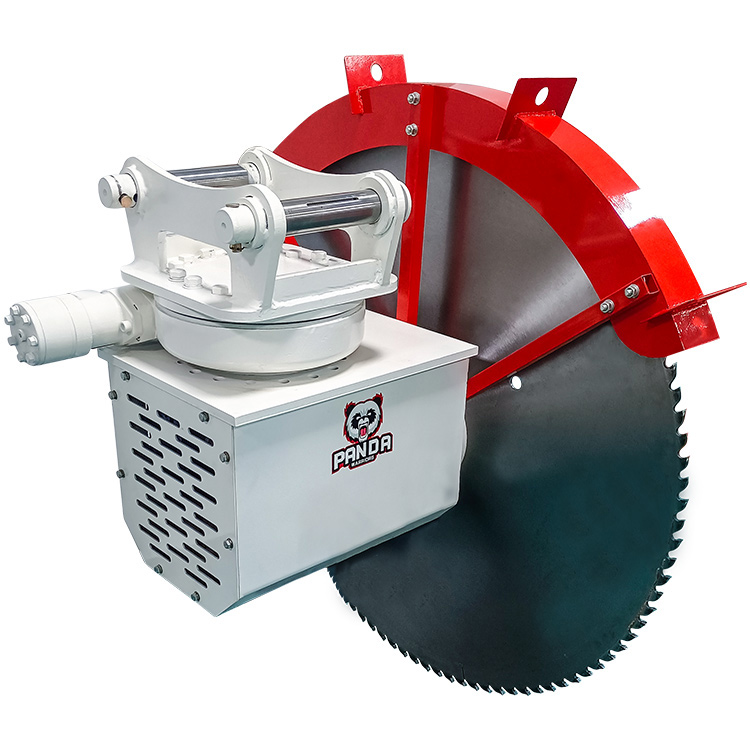Introduction to Wood Saws
Woodworking requires precise tools, and saws are vital for cutting wood. Each project may need different cuts. That’s why knowing about the various types of wood saws is key. There are hand saws for simple tasks. Power saws are for more complex work. Specialty saws handle unique jobs.
Saws vary in blade shape, teeth design, and cutting methods. The right saw can improve your work quality. It can also save time and effort. From basic hand saws to advanced power saws, this guide helps you choose the best tool.
For those starting in woodworking, understanding saws’ basics is the first step. Even experienced carpenters sometimes revisit these basics. There are always new tools and techniques to learn. With the right types of wood saws, your woodworking can reach new levels of precision and efficiency.
Hand Saws for Basic Woodworking
Hand saws are essential for basic woodworking tasks. They offer control and precision for simple cuts. These tools are great for beginners. They are also useful for quick tasks that don’t need power tools.
Types of Hand Saws
Several types of hand saws are available, each suited for different tasks:
- Panel Saws have medium-sized teeth, good for cutting boards to size.
- Back Saws have fine teeth and a rigid back, ideal for making accurate cuts in joinery.
- Coping Saws are small with thin blades, perfect for intricate work and curves.
- Rip Saws come with large teeth angled to cut along the wood grain.
- Crosscut Saws have teeth designed to cut across the wood grain.
- Hacksaws have very fine teeth, mainly used for cutting metal but can be used on wood for delicate cuts.
The choice of hand saw depends on the wood type and the cut required. Different teeth and blades adapt to specific tasks.

Choosing the Right Hand Saw for Your Project
Selecting the right hand saw for your project involves several factors:
- Purpose of Cut: Determine if you need to cut along or across the grain.
- Type of Wood: Hardwoods might require saws with finer teeth.
- Complexity of Cut: Intricate patterns call for coping saws or back saws.
- Size of Workpiece: Large boards require saws with longer blades. Small pieces work well with back or coping saws.
- Personal Comfort: Choose a saw you can handle comfortably for better control.
Always consider the project’s needs and your skills. A good match will improve your woodworking results.
Power Saws for Advanced Projects
Navigating through the labyrinth of woodworking tools, power saws stand out for complex projects. These tools cut bigger, tougher materials faster than hand saws. Types of wood saws: Power saws reduce effort and save time. They are key in workshops where speed and volume matter.
Circular Saws
Circular saws are versatile and common in woodworking scenarios. They have a round blade that spins to cut. With the right blade, they slice through plywood, hardwoods, and even metal. Here are points to consider:
- Blade Size: Larger blades cut deeper.
- Power Source: Corded saws offer steady power. Cordless saws provide mobility.
- Safety Features: Look for saws with guards and emergency brakes.
Circular saws are perfect for straight, long cuts and work well with a guide.
Jigsaws
Jigsaws puzzle out intricate cuts with finesse. Their reciprocating blade makes them good for cutting curves. When using a jigsaw, keep in mind:
- Blade Type: Use finer blades for precise cuts.
- Orbital Settings: Adjust these to control the cut aggressiveness.
- Handling: Jigsaws require steady hands for best results.
Jigsaws work well for shapes and are a staple for creative woodworking.
Band Saws
Band saws are powerhouses for rip cuts and resawing. Their continuous loop blade provides a smooth cut. Important points about band saws include:
- Throat Size: Determines the width of wood it can cut.
- Blade Width: Wider blades for straight cuts, narrower for curves.
- Table Tilt: Allows for angled cuts.
Band saws excel at cutting thick lumber and offer unmatched versatility in resawing.

Specialty Saws and Their Uses
Beyond the world of basic hand saws and versatile power saws, specialty saws come into play. These saws cater to specific woodworking tasks. They bring high precision and potential for complex designs. Types of wood saws: Here’s what you need to know about some essential specialty saws.
Scroll Saws
Scroll saws are the artist’s choice in the wood shop. They make intricate curves and designs possible. With a fine blade and a small footprint, they allow for detailed work not achievable with other saws. These saws are ideal for creating puzzles, ornamental pieces, and intricate inlays. Users can control the speed at which the blade cuts, adding to their precision capabilities.
When choosing a scroll saw, look for:
- Throat Depth: Tells how large a piece of wood the saw can handle.
- Blade Types: Different blades suit different materials and cuts.
- Variable Speed: For more control over delicate cuts.
Miter Saws
Miter saws are all about angles and precision. They are perfect for cutting precise angles and making crosscuts with ease. Carpenters use miter saws for trim work, molding, and framing projects. They have a blade mounted on a swing arm that pivots left or right to produce angled cuts.
Key features to consider include:
- Blade Size: Determines the maximum cut length at various angles.
- Laser Guide: Helps with accuracy for the cuts.
- Dust Collection: Keeps the work area clean.
Table Saws
Table saws stand as the heart of many woodworking shops. They offer straight and accurate cuts with greater speed. With the workpiece sliding along the table toward a stationary blade, users get uniform cuts. They’re handy for large pieces of wood and sheets such as plywood.
Pay attention to these aspects:
- Table Size and Extension: Bigger tables handle larger stock.
- Fence Quality: Crucial for accurate cuts.
- Safety Features: Such as anti-kickback pawls and blade guard.
Whether it’s crafting intricate designs, framing a house, or slicing large wood panels, choosing the appropriate specialty saw can elevate the quality of your project substantially.
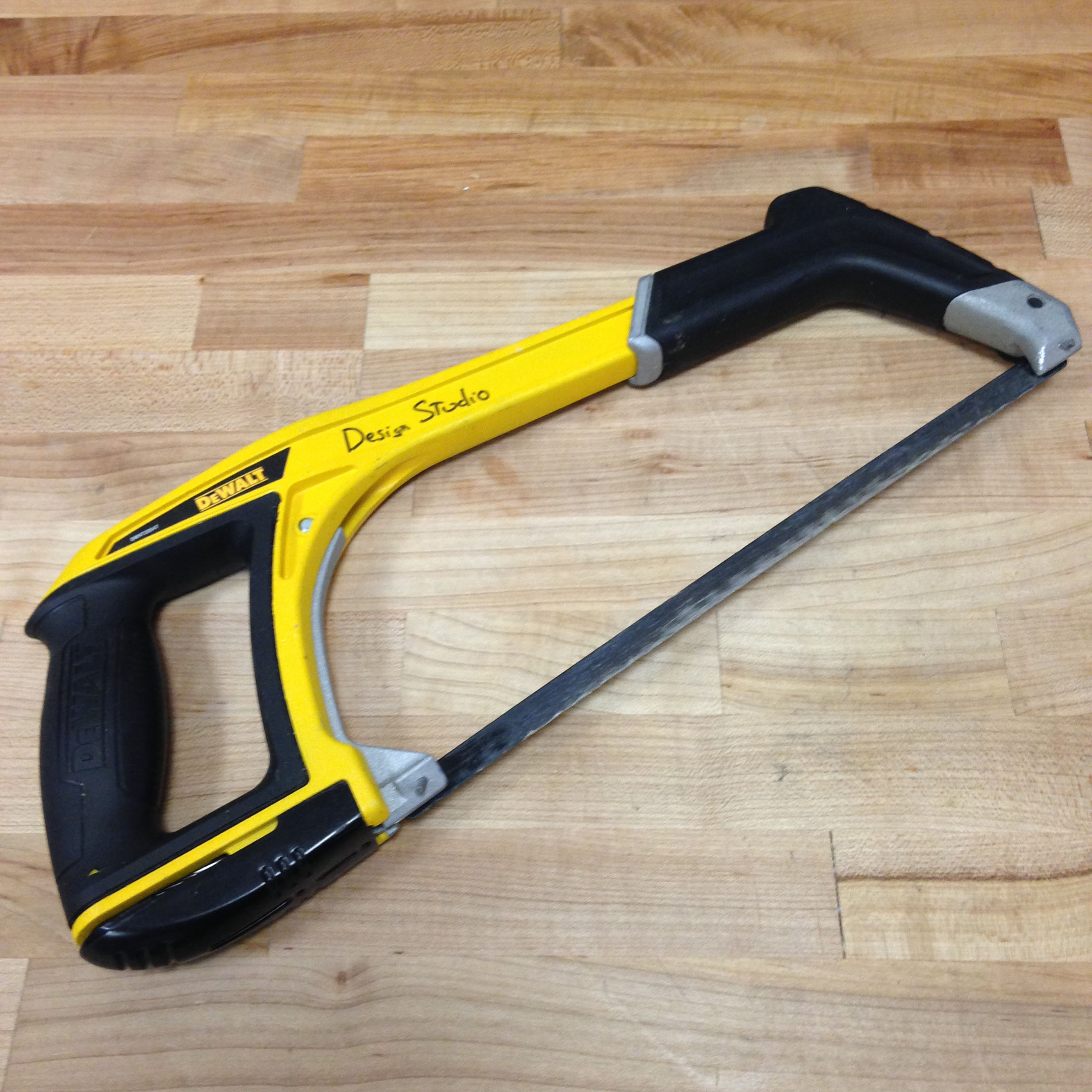
Safety Tips for Using Wood Saws
Using wood saws safely is crucial when working on woodworking projects. Accidents can happen if one is not careful, even with simple tasks. Types of wood saws: Here are key safety tips to follow with any type of wood saw:
- Wear Protective Gear: Always wear safety glasses, ear protection, and a dust mask. This helps prevent injuries from flying debris and noise.
- Read the Manual: Before using a saw, always read the manufacturer’s instructions. It helps you understand the tool’s use and safety features.
- Secure the Workpiece: Clamp down your wood to prevent it from moving while you cut. A stable piece ensures cleaner cuts and reduces accidents.
- Check the Blade: Make sure the saw’s blade is sharp and undamaged. A dull or damaged blade can kick back or bind.
- Use Push Sticks: For table saws, use push sticks or push blocks to keep your fingers away from the blade.
- Maintain a Clean Workspace: Keep the area free of sawdust and offcuts to avoid slips and falls.
- Avoid Distractions: Always focus on the cutting task. Never use a saw if you are distracted, tired, or under the influence.
- Don’t Force the Saw: Let the saw cut at its own speed. Forcing can cause the blade to bind or kickback.
- Disconnect Power When Changing Blades: Unplug power saws when switching blades or not in use to prevent accidental starts.
- Follow Proper Technique: Use both hands to control the saw and body stance for stability.
Each tip is vital for personal safety and quality in woodworking. Always practice these safety habits to avoid harm and achieve the best results in your work.

Maintenance and Care for Saws
Proper maintenance and care can extend the life of your wood saws. Types of wood saws: Here’s how to keep them in top shape.
Clean Your Saws After Use
Remove all sawdust, resin, and debris from your saw after each use. This prevents buildup and maintains blade sharpness.
Inspect Saws Regularly
Check for wear or damage on blades and handles. Repair or replace parts as needed for safety and performance.
Store Saws Properly
Keep saws in a dry place to prevent rust. Hang them or store them flat to protect the blades.
Sharpen Blades Routinely
Sharp blades make clean cuts and reduce the effort needed. Sharpen or have them sharpened regularly.Following these tips will ensure your saws stay ready for your next project. Always refer to the manufacturer’s guidelines for specific maintenance advice.
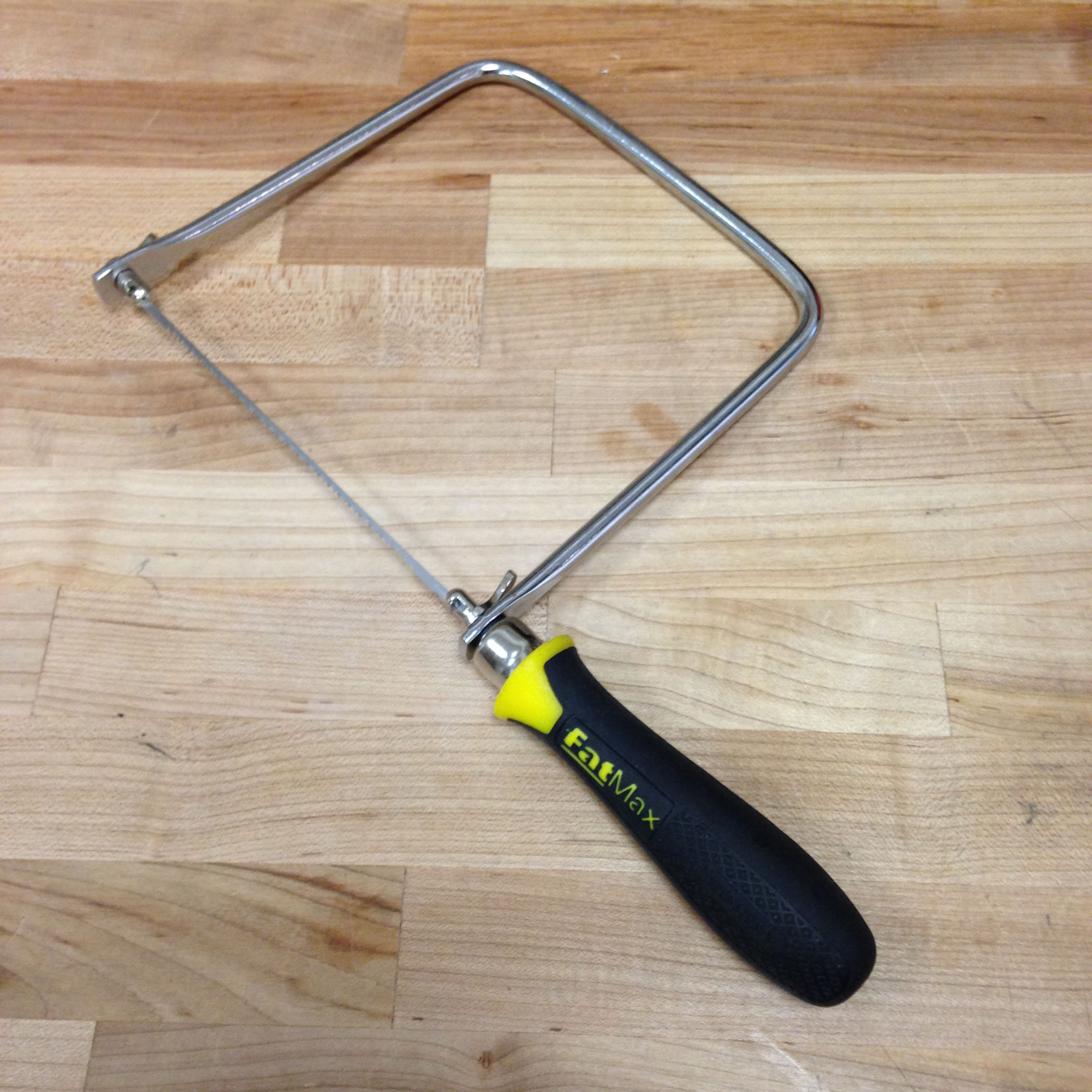
Conclusion: Selecting the Best Saw for Your Woodworking Needs
Selecting the right types of wood saws is crucial for your project’s success. To make the best choice, consider the material, the specific cuts, and the project scale. Hand saws are ideal for simple, precise tasks. For more complex cuts, power saws will save time and effort. Specialty saws offer precision for intricate designs.
Consider your skill level and the saw features before choosing. Look for saws that match the job demands and your comfort. Always use saws safely, wear protective gear, and follow the manufacturer’s instructions. With the right saw and good practice, your woodworking can soar to new heights.
